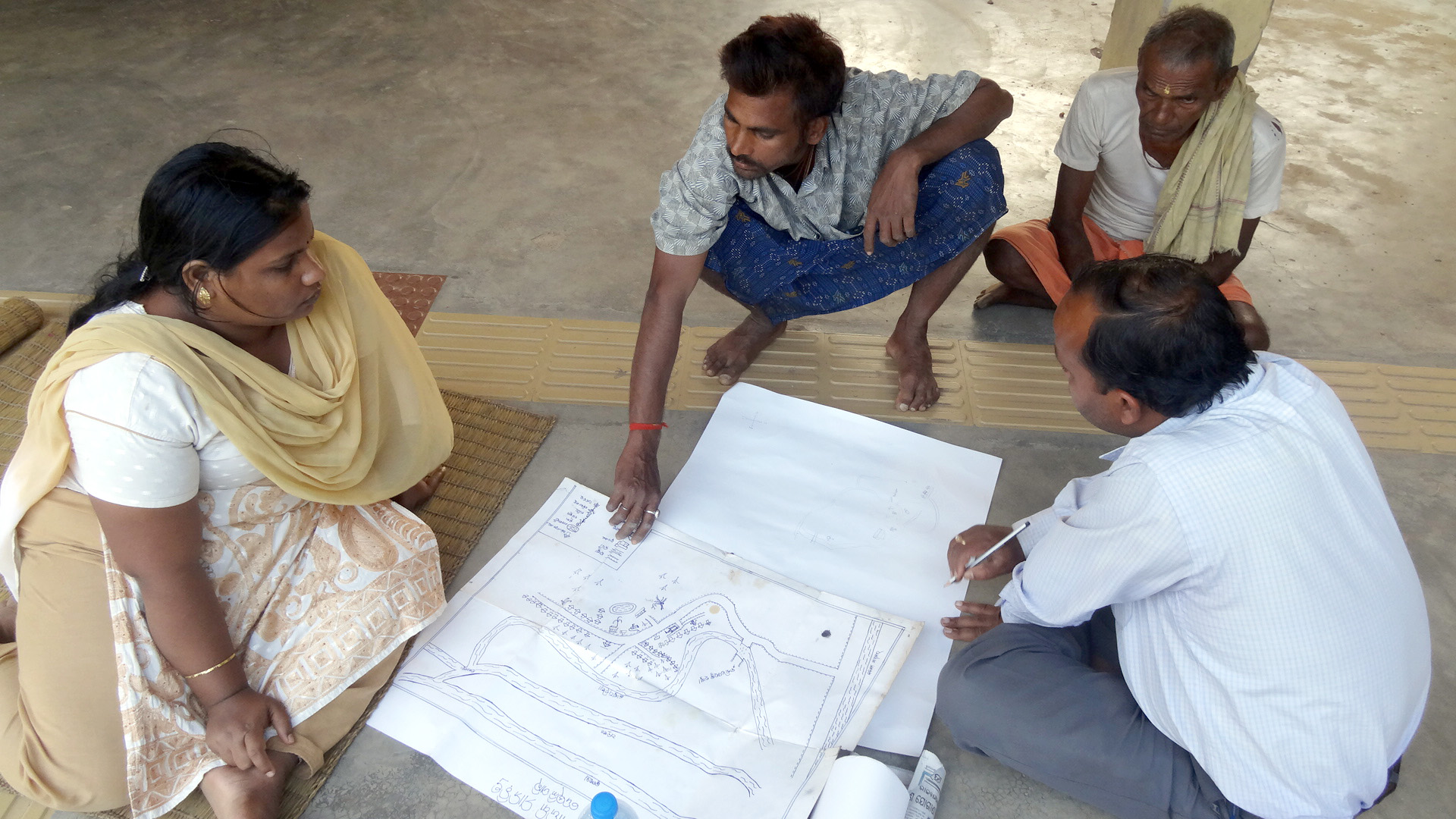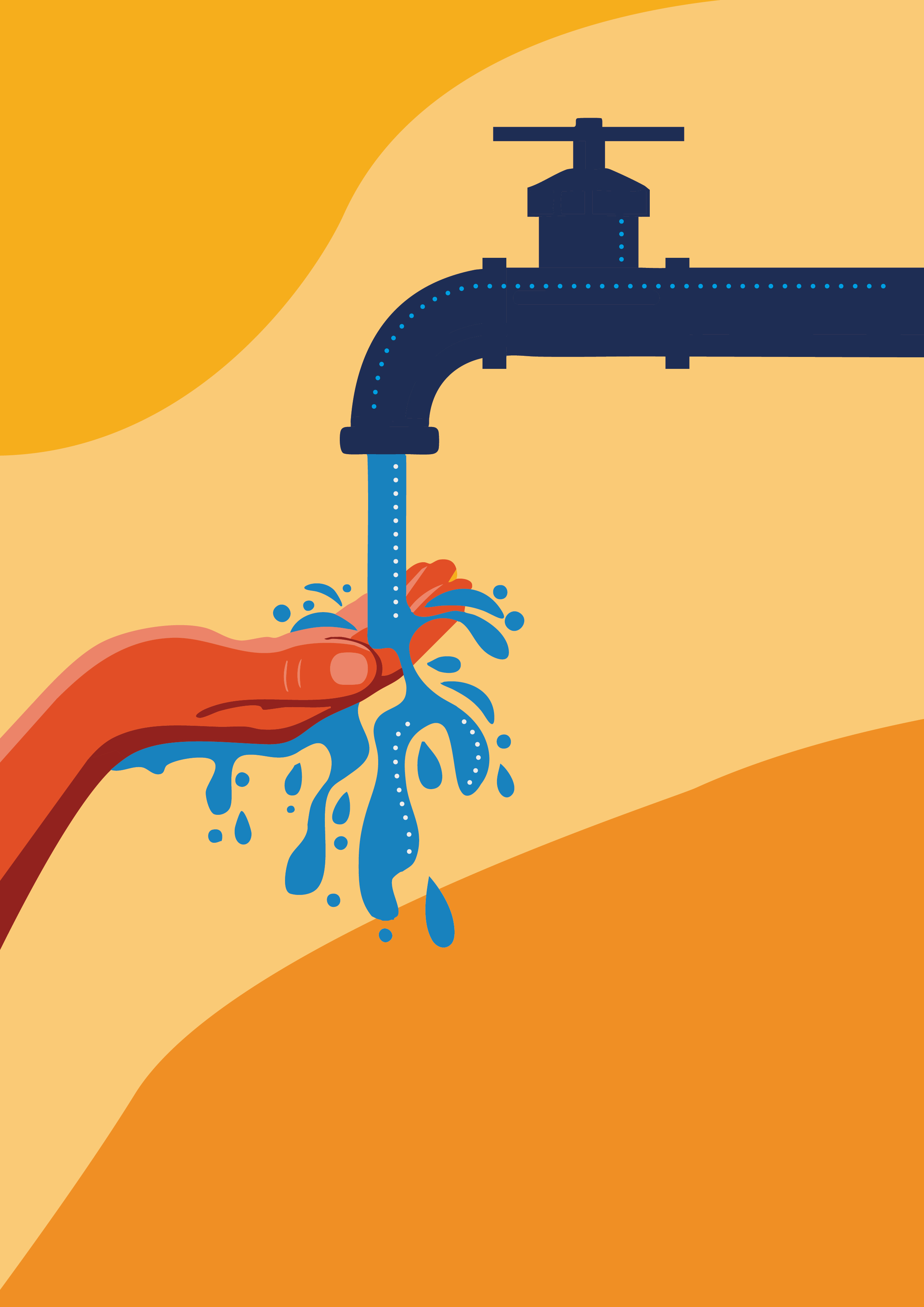India’s National Disaster Management Plan: Clear on Risk Transfer and Insurance

Prime Minister Shri Narendra Modi released the National Disaster Management Plan (NDMP) on June 1, 2016. This is the first ever national plan prepared in the country and the first national plan to align with SFDRR. The NDMP aims to make India 'disaster resilient' and significantly reduce loss of lives and assets. It is based on the four priorities of SFDRR. The NDMP of India is covering all the phases of disaster management and with detailed roles and responsibilities allocated to all levels of the government. The integration of disaster management with development planning is also aimed in the NDMP to push the agenda of mainstreaming DRR with national development. The NDMP is an important step towards taking the risk transfer and insurance agenda to a higher level of commitment and improvement.
As of now, Government of India is acting as a self-insurer for the purpose of maintaining relief funds. These funds are monitored by the Ministry of Home Affairs (MHA) in consultation with the Ministry of Finance. The amount committed for SDRF is invested by the Union in government securities. MHA has issued guidelines in consultation with the Ministry of Finance for the maintenance and encashment of the securities as and when required. However, need for projects or risk transfer instruments by private agencies is also acknowledged by the Government. The corresponding policy changes and fund requirement are to be deliberated in detail in consultation with the IRDA, insurance sector and other stakeholders. Thus, the risk transfer and insurance mechanism that targeting is poor and vulnerable populations needs to work out next step. ‘Planning process is more important than making plans’, said Shri Kamal Kishore, Member, NDMA, when he launched the plan.
The role of the private sector, such as insurance companies for ‘risk informed investments in recovery efforts’ is highlighted in the NDMP. However, from the field reality point-of-view, a long journey is ahead to reach risk informed investments. needed to make.

A recent initiative of the Government of India for promoting life insurance coverage through microinsurance products (name of the products) is well received by the Indian citizen. Based on the progress, Government and insurance companies should play a more pro-active role in motivating citizens in vulnerable areas to take non-life insurance cover. This could be done through suitably designed insurance policies for poor and vulnerable populations that cover non-life components, if required, with part funding from government. NDMA could play a major role in this area for pooling the risk of poor and vulnerable populations, including small and informal business operators. This type of protection will support the building back better approach and positive financial behavior of citizens who are contributing over GDP - 55% from the informal sector.
AIDMI with support from Stanford University and HIF, are sharing results from a pilot research project on how such mechanism can be created by the stakeholders in implementing NDMP.
Authorities should take insurance as a means of funding disaster related expenditures and as a tool to speed up the recovery. The role of insurance in financing disaster management for poor and vulnerable citizens needs to further evaluation. The sub-national (state) structure can be taken to target the vulnerable citizens in coastal areas (e.g. Tamil Nadu, Andhra Pradesh, Odisha that frequently affected by cyclone and/or floods), hilly areas (e.g. Uttarakhand, Himachal Pradesh, Sikkim), flood plains (e.g. Assam, Gujarat, Bihar, Uttar Pradesh, West Bengal). This requires leadership of sub-national authorities for bigger sub-national pilots with insurance and reinsurance companies to explore potential socioeconomic protection mechanisms for non-life component coverage. Mandatory property insurance solutions in respect of property tax payers living in high hazardous areas (against earthquake and cyclone and floods) can be a good beginning for risk transfer and insurance.
Microinsurance reaches a very small population of low-income groups, particularly from informal sectors such as small businesses. The obstacles include, regulatory systems, the insufficient understanding of the instruments, difficulties of estimating risks (particularly in light of climate change), interest of insurance companies to reach out to poor and vulnerable populations. Much can be learned from the field pilots, which puts people’s wants at the center of the design and implementation process.
The innovation is in the last stage of finalizing the insurance product; and designing the evaluation, which will result into a tool kit with the knowledge product from the project.
Stay updated
Sign up for our newsletter to receive regular updates on resources, news, and insights like this. Don’t miss out on important information that can help you stay informed and engaged.
Related articles
.png)


Explore Elrha
Learn more about our mission, the organisations we support, and the resources we provide to drive research and innovation in humanitarian response.